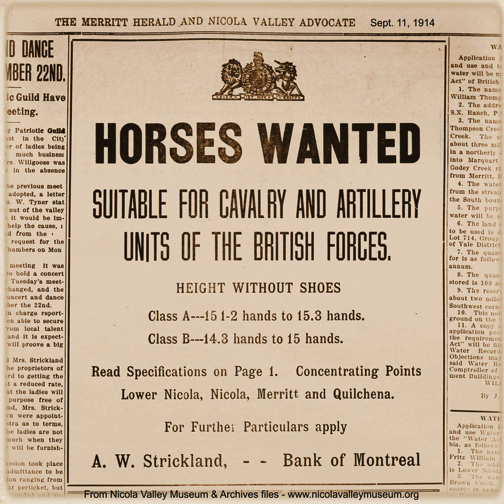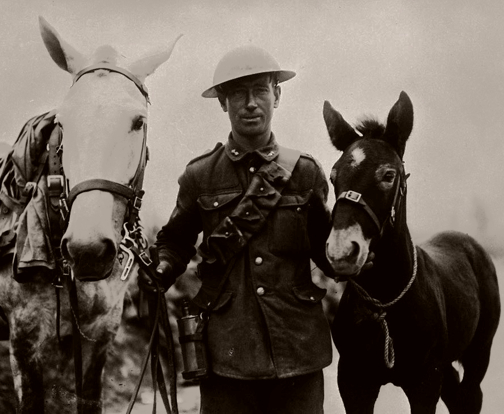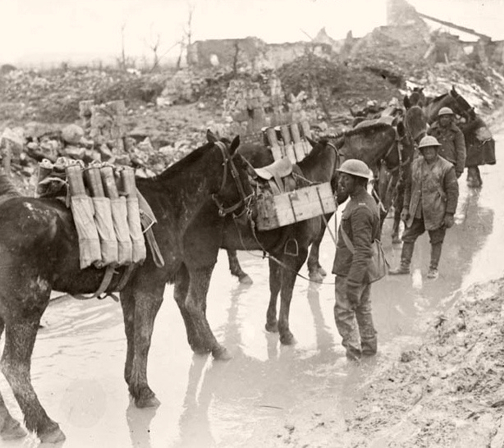by Michael Sasges

The Great War was a good war for the owners of grassland B.C. horse herds.
The military purchased its first Nicola Valley horses in September 1914, one month after the start of hostilities.

Nicola Valley Museum & Archives files.
An advertisement in the Sept. 11 1914 Merritt Herald urges horse owners to collect their animals for sale to the British Army.
“ . . . there is no limit to the numbers that will be required and [paid for at] prevailing prices,” the Sept. 11 Merritt Herald and Nicola Valley Advocate commented in welcoming to the valley a British Army buyer.
The first private purchase attributable to the war occurred in October.
“ . . . with so many horses having been bought for army purposes, it has left a scarcity of good farm horse on the prairies, and this is [the buyer’s] reason for coming to the Nicola Valley . . . .”
A private purchase attributable to the war may have occurred in August. The Herald reporter either didn’t ask the buyer why he had bought 100 Nicola Valley animals or didn’t tell readers.
The warhorse stories generated bragging rights.
According to one military buyer, quoted in the June 4 1915 Herald, “horses shipped from the Nicola and Kamloops districts were far superior to any horses that had been bought in Canada.”
An animal sold by John Chelahitsa, chief of the Douglas Lake band, received special notice in the story, and in the annual department of Indian affairs report for 1914/15.
“ . . . the . . . officer . . . buying remounts for the army issued a public statement to the effect that the finest specimen of a horse bought in the interior was found among those bought from the chief of the Doulas Lake band [and was] one bred by himself,” the annual report observed.
A short report on the animals that supplied and transported, and comforted, the soldiers of the First World War is here: http://www.bl.uk/world-war-one/articles/animals-and-war .

Perhaps two million horses and mules transported and supplied the German and British, French and Belgian armies on the Great War’s Western Front. Among images of Canadian warhorses published by Library and Archives on its Internet site are these two, both dated 1917 and both of Canadian Field Artillery animals. Above, a mare and her foal, called Vimy because it was born on the French ridge. Below, horses carrying shells. (The two-million-animal count was published in a new book, Catastrophe: Europe Goes to War 1914, by Max Hastings.)

Michael Sasges
Autumn 2014
